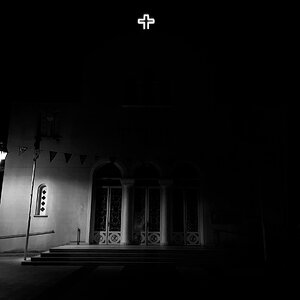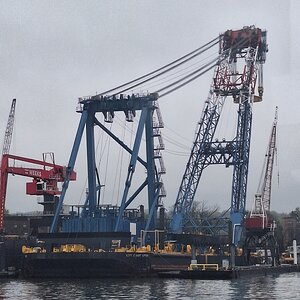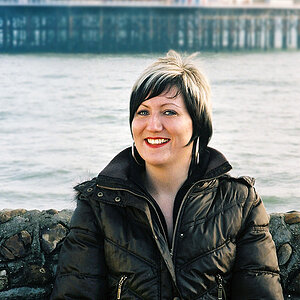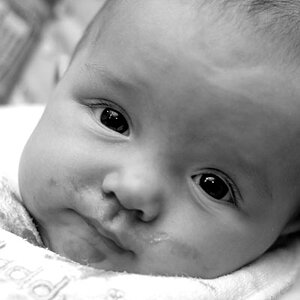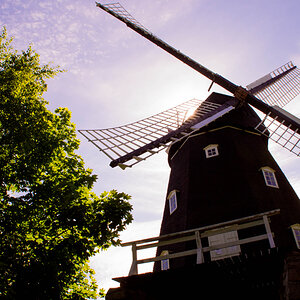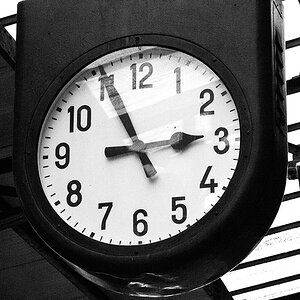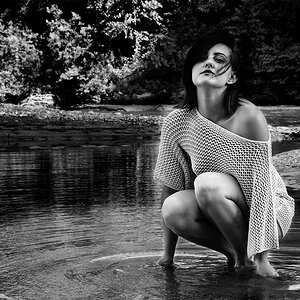elemental
TPF Noob!
- Joined
- Feb 6, 2008
- Messages
- 646
- Reaction score
- 3
Here's an odd question I've been struggling to work out in my head - if I'm missing an obvious answer, please feel free to point me to it - using Nikon terminology because it's easier (for me, at least):
Given the same focal length and aperture and the same sensor, will a larger-format lens produce a shallower depth of field than a smaller-format lens? For example, would a 35mm DX Nikon lens at f/4 on a DX-format camera produce the same depth field characteristics as a 35mm FX lens at f/4 on the same camera body? My brain says it has to, but when I sketch out the way I think it should work, my sketch says the larger-format lens is shallower. And let's say I'm just asking about the depth of field here, I know the actual appearance of out-of-focus areas is a much subtler phenomenon.
Also, good to see this place is still here! It's been a while.
Given the same focal length and aperture and the same sensor, will a larger-format lens produce a shallower depth of field than a smaller-format lens? For example, would a 35mm DX Nikon lens at f/4 on a DX-format camera produce the same depth field characteristics as a 35mm FX lens at f/4 on the same camera body? My brain says it has to, but when I sketch out the way I think it should work, my sketch says the larger-format lens is shallower. And let's say I'm just asking about the depth of field here, I know the actual appearance of out-of-focus areas is a much subtler phenomenon.
Also, good to see this place is still here! It's been a while.



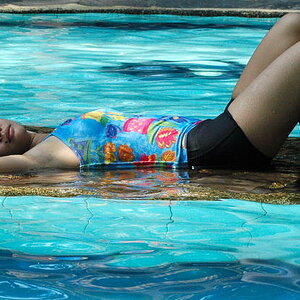
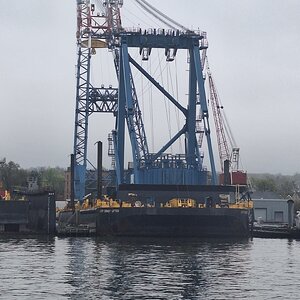
![[No title]](/data/xfmg/thumbnail/1/1592-cfae4a7ea791f96c6e2d03484be2e454.jpg?1619729144)

